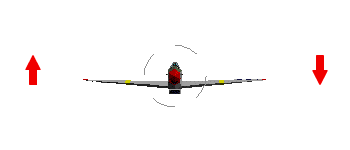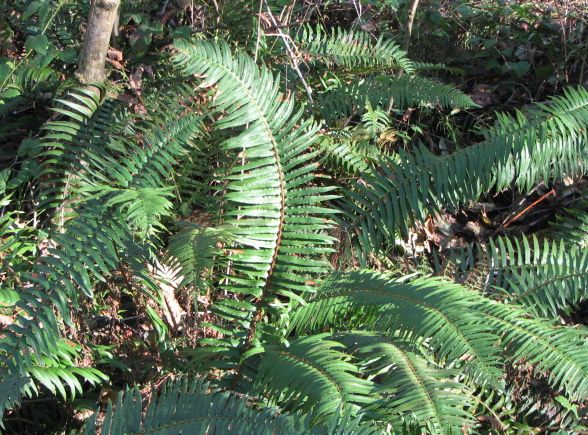 Control, theory of
Control, theory ofNavigating
Feedback
Feedback
types | dynamic quality animated | diagram | homeostasis | details | interior milieu | examples | climate | air
Feedback does not mean giving criticism or responding to another person's ideas, although we use the word that way in conversation.
Technically speaking, feedback is a fundamental trait of living systems and is used to describe the character of a two sided relationship among equal forces or equally engaged participants.
Any dynamic process is characterized by feedback, or: the reciprocal means by which changes are induced.
Change in the sense of feedback is induced for self-regulation, which occurs only as responses either reinforce or alter the initial conditions of existence.
- Variable – the fluctuating, existing condition
- Sensor – a detector or indicator signaling a situation
- Integrator – interprets sufficiently to initiate steps to respond to altered state
- Effector – creates a response effectuates a change or shift
types | dynamic quality animated | diagram | homeostasis | details | interior milieu | examples | climate | air
![]()
Reinforcement or alteration of initial conditions, or state of existence is described by the concept of feedback.
| Types of feedback | initial status | subsequent status |
|
positive (+) |
reinforced | enhances initial conditions |
|
negative (-) |
countered | alters the initial conditions |
Both of the above types of feedback are needed for anything to live or for any process to be regulated by either external or internal factors.
| Factors | Interaction | Outcomes |
| Ample clean water | ||
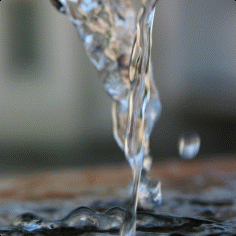 |
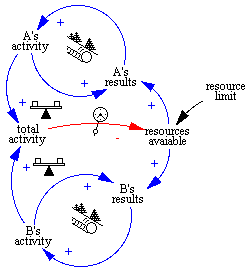 |
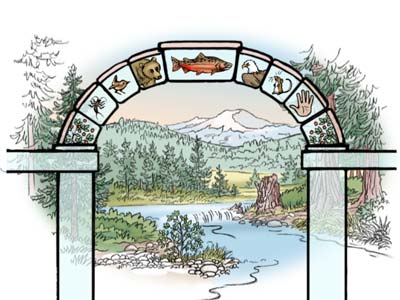 |
 |
||
| Fish | Sustained-yield Fisheries | Forests & streams are available resources |
types | dynamic quality animated | diagram | homeostasis | details | interior milieu | examples | climate | air
![]()
When something living is regulated by internal factors responding to external stimuli we refer to the outcome as homeostasis.
Essentially feedback is a key to stability & involves a capacity to rebalance or sustain equipoise.
| Warmer external temperature | ||
| sweat glands | 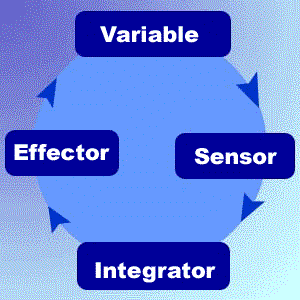
|
skin cells |
| hypothalamus | ||
Homeostasis is an observable tendency towards stability, that is a steady state of operation between two or among more than two interdependent contributors to a recognizable functional relationship of participating parts.
See: Johns Hopkins web page.
types | dynamic quality animated | diagram | homeostasis | details | interior milieu | examples | climate | air
![]()
The diagram examined in more detail:
| rule | graphic | examples |
|---|---|---|
A. tools alter the conditions we seek to change, improve, or coexist with. |
 |
initial status – cutting trees, logging. |
| But the combined effects of tools and and labor's use of technology is greater than the sum of each contributing factor. | ||
| B. techniques ought to control the tool complexes' effects | Subsequent stimulus – replanting trees. | |
| Examples of activities that require homeostasis in the uses of land-based resources. | ||
 |

|

|
"I ... urge the belief that animals have really two environments: a milieu extérieur in which the organism is situated, and a milieu intérieur in which the tissue elements live. The living organism does not really exist in the milieu extérieur (the atmosphere it breathes, salt or fresh water if that is the element) but in the liquid milieu intérieur formed by the circulating organic liquid which surrounds and bathes all the tissue elements; this is the lymph or plasma, the liquid part of the blood which, in the higher animals, is diffused through the tissues and forms the ensemble of the intercellular liquids and is the basis of all local nutrition and the common factor of all elementary exchanges. A complex organism should be looked upon as an assemblage of simple organisms which are the anatomical elements that live in the liquid milieu intérieur."
— Claude Bernard
types | dynamic quality animated | diagram | homeostasis | details | interior milieu | examples | climate | air
![]()
Take for example of an existing condition or variable: climate change.
When the external conditions are altered and regulated by a set of physical conditions inherent in the external world, we refer to the outcome as a dynamic equilibrium.
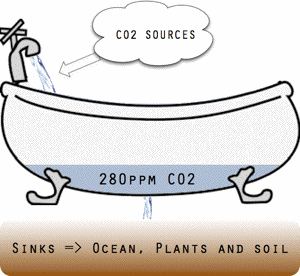
As carbon dioxide accumulates in the air, heat is retained warming the surroundings.
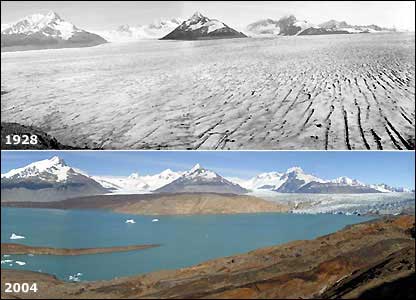
For example accelerated glacial retreat due to climate change initiates feedback loops.
examples of feedback and drivers of climate
§§§
types | dynamic quality animated | diagram | homeostasis | details | interior milieu | examples | climate | air
![]()
The atmospheric lifetime of key elemental compounds are:
| ingredient | symbol | lifetime |
|---|---|---|
| carbon dioxide | CO2 | 100 years or more |
| methane | CH4 | 12 years |
| nitrous oxide | NO2 | 114 years |
The atmospheric lifetime means these compounds actively trap long-wave radiation in the atmosphere or ocean for that extent of time after they are emitted into the air or water.
The atmospheric lifetime is used to characterize the decay of an instantaneous pulse input to the atmosphere, and can be likened to the time it takes that pulse input to decay to 0.368 (l/e) of its original value. The analogy would be strictly correct if every gas decayed according to a simple exponential curve, which is seldom the case. For example, CH4 is removed from the atmosphere by a single process, oxidation by the hydroxyl radical (OH), but the effect of an increase in atmospheric concentration of CH4 is to reduce the OH concentration, which, in turn, reduces destruction of the additional methane, effectively lengthening its atmospheric lifetime. An opposite kind of feedback may shorten the atmospheric lifetime of N2O (IPCC 2007, Section 2.10.3). For CO2 the specification of an atmospheric lifetime is complicated by the numerous removal processes involved, which necessitate complex modeling of the decay curve. Because the decay curve depends on the model used and the assumptions incorporated therein, it is difficult to specify an exact atmospheric lifetime for CO2. Accepted values range around 100 years.
types | dynamic quality animated | diagram | homeostasis | details | interior milieu | examples | climate | air
Science Index | Site Analysis | Population Index | Global Warming Index | Nature Index | Genes
ecology | economy


